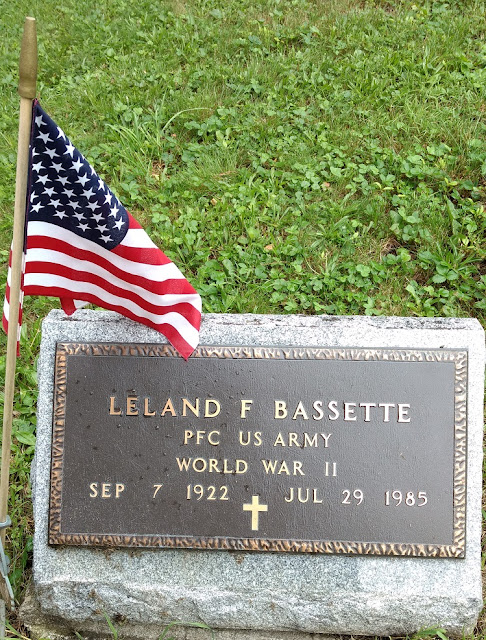As I was looking through the old
issues of the Between the Lakes newsletters, an item from the Summer
2000 edition caught my eye, and brought back a memory from a summer past. As a
family, we were picking strawberries on the Redman Farm on Interlaken Beach
Road, and heard what sounded like an explosion or large gun going off. Mrs.
Redman told us about the “Lake Guns.” While I don’t recall her comments, the
memory of the guns has remained.
Farmer Review, July 31, 1897
Many who live near
beautiful Cayuga Lake have heard what are termed “lake guns.” Also many have
never noticed them, or if they have would say to themselves, or to others if it
were spoken of, "someone is blasting," or "it is a cannon at a
distance," but the close observer readily detects that it is neither, but
that it is a muffled report coming up out of the water and while it appears to
be a long distance off, in reality it is nearby, probably not more than
one-quarter to one mile away, and sometimes it is nearer.
The writer has
noticed these “lake guns” for years and in trying to ascertain the cause will
have to confess that they are as much a mystery as ever. However, much has been
noticed about them. They have been heard by the writer in warm weather but
never in cold weather. Some say they are heard only in four lakes in the world,
viz: Seneca, Cayuga and Owasco lakes in this State, and in one lake in
Switzerland.
A.C. P., the author of the 1897
article, continues his comments: “Having tried for the last twelve years to
determine the cause of these lake guns and being able to think of only two
things that might cause these reports, we write this notice thinking it may be
read by someone who can give us some information as to the cause of this, one
of the wonders of our beautiful Cayuga.”
A.C.P. concluded his article, “If
this brings forth interest and information we will be glad to mention other
wonderful things about and near Cayuga Lake.”
As A.C.P. had invited others to
respond, I knew I needed to continue the newspaper search. The Ovid
Independent editor a week later commented on the discussion. He first
confirmed my thought as to the identity of A.C.P., “which, of course, everyone
knows is the hustling and popular dry good man, of Farmer, A. C. Peterson.”
The Ovid article continues with
quotes from older magazines, noting that “the lake guns have puzzled scientists
for years. As early as 1857 a writer in Mrs. Steven’s Monthly said: ‘the lake
gun is a mystery. It is a sound resembling the explosion of a heavy piece of
artillery, that can be accounted for by none of the known laws of nature.’”
Another snippet from that Ovid article notes: “These sounds are also heard at
the north of the Connecticut river, where they resemble underground thunder and
were observed as early as 1728.”
If you would like to see the
three articles I found do a search at www.fultonhistory.com using the terms “lake guns”
“Cayuga Lake” July 1897. After writing the above, I removed the July 1897 from
my search and had 46 items listed, reading for another time.
Dewitt’s
Diary Tuesday, July 31, 1973
Temperature 60, mostly clear.
They are going to fix our road
over and make a paved road of it.
Cleaning up the shoulders they
drew several loads of stone and shack and put some of it into my
lane and leveled it off with the garden.
Very hot and in the 90s.
We dug some potatoes. They are
much smaller than last year. They are starving for water.
Took 180 bushel of wheat up to
Boyce Bros.
Much less than an inch of rain
this month of July.

















